Many companies that use outdated manuals and processes have a number of problems with no easy solution. The solution is often to create more procedures and new policies, which only exacerbates the problem.
These are some common problems with policy management you may be facing. They also happen to be problems that our customers say we’ve solved for them.
Outdated processes
Remember the days when companies kept all their policies and procedures in a 3-ring binder? Every employee got one, and updates were sent out via email for printing or via in-house mail and placed in the manual. Some companies still follow this process, even though this is the 21st century, and paper-and-binder manuals are out of date.
Storage issues
Paper has to live somewhere, whether it’s in a binder on someone’s shelf with all the other binders. In a desk drawer with all the other files. Or in a filing cabinet with all the other folders. It all adds up. Cloud-based software lets you store all your documents, especially your policy manuals, for everyone to retrieve.
Disorganized policies
Did everyone get the latest policy update? Did they put it in their policy manual? Why are these policies contradictory? Large organizations often have problems keeping track of all their policies because they come from multiple departments and no one person is responsible for them. Not to mention, there’s no single canonical source for what’s accepted company policy.
Lack of collaboration
When writing or updating policies, it helps to have a workflow process for collaborating with key stakeholders across departments and getting them approved by the executive team. The right centralized software system can help you with every step of policy creation, including workflows, templates, regulatory compliance, and final approval.
Inability to disseminate information
Organizations with remote employees or people who aren’t regularly at their desk often have trouble disseminating policy updates. You can always email updates, but email isn’t designed to store and access important documents. Neither does it let you track who has viewed and signed the updated policy.
Difficulty tracking policies
Rather than handing every employee a new or updated document and asking them to sign it, or asking them to sign-off on their training, you can collect and report on e-signatures. All from a central location. You can also track approval workflows, employee training, and testing certifications and licenses. This helps you manage compliance documents so you can easily provide them during compliance audits.
/iStock-1025773694.jpg?width=836&name=iStock-1025773694.jpg)
